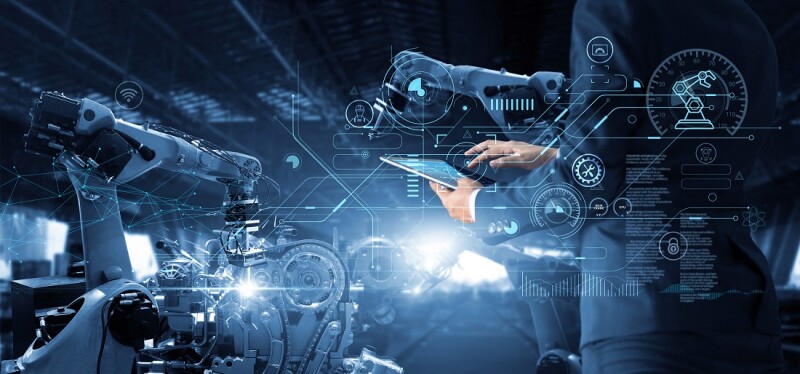Industrial automation company Rockwell Automation announced that it is working with TotalEnergies to implement a robot fleet management system, driving autonomous operations for its offshore platforms. The long-running project will reach a significant milestone with its first test on an offshore asset scheduled for mid-2023.
Autonomous operations have long been an aspiration for the oil and gas sector because of the difficult working conditions associated with offshore operations. This knowledge is extendable to wind offshore projects. Energy companies are investing in the use of robotics in these facilities, looking to enable unmanned operations for long periods; reduce employee exposure to hazardous situations; increase safety; attract young talent interested in new technologies; and further reduce capital and operational expenditures.
“Because of the remote and often harsh environments in which oil and gas companies operate offshore, there is a strategic objective to minimize employee exposure on these platforms,” said Matt Graves, director at Kalypso, a Rockwell Automation company. “Over the years, this has been achieved by improving the design and automating equipment. But there are still tasks that need to be performed manually, many of which involve observations by operators. For 5 years, TotalEnergies has been investigating the use of ground robots to undertake some of these manual tasks, and the next step was to develop a control system to operate these robots remotely. For that, they turned to Kalypso.”
TotalEnergies has been working with Kalypso and other partners to implement a Robotic Supervision System. This will allow operators located in an onshore control room to remotely supervise and coordinate the robots using Internet of things (IoT) technology, autonomously performing the various activities that field operators are executing on conventional facilities, including periodic inspection and maintenance tasks and emergency response.
Challenged with how to interface the robots with existing industrial systems and how to represent the data in a user-friendly interface, Kalypso used the Unity game engine from Unity Technologies. This real-time development platform forms the backbone of many of today’s top video games. In recent years, industry has adopted it to create interactive digital content from 3D data and deploy it to various platforms, such as mobile devices, computers, and augmented- and virtual-reality devices. This solution combines the functionality of a digital twin and the mobility and synchronization of a gaming platform.
The resulting Robot Supervision System concentrates the information provided by several different types of robots and consolidates the displays necessary for the remote operators to work efficiently and effectively.
“These tests are important at this stage of the project so that we understand all the operational aspects of using the robots for inspection purposes, anticipating further potential for maintenance and operation,” said Grégoire Audouin, Research and Development Department robotics system architect at TotalEnergies. “The main benefit for the operators is to remotely control these robots and have an immersive view from a central control room. There is huge potential for innovation in our industry.”

